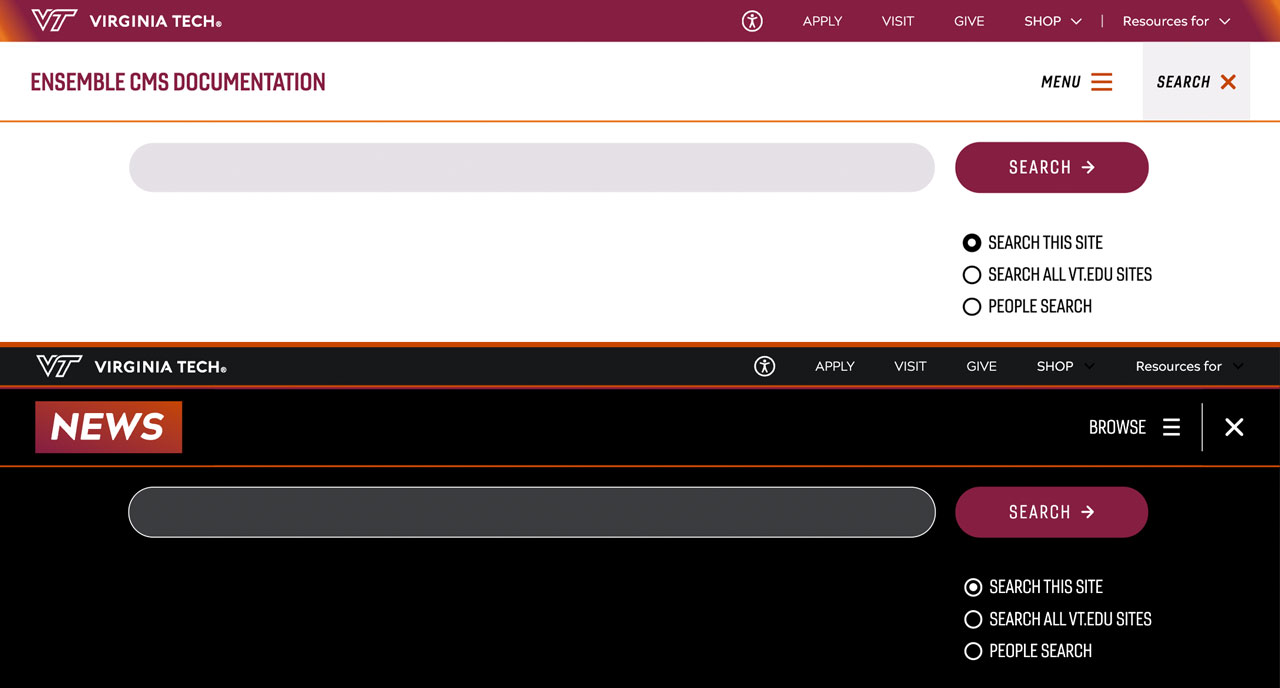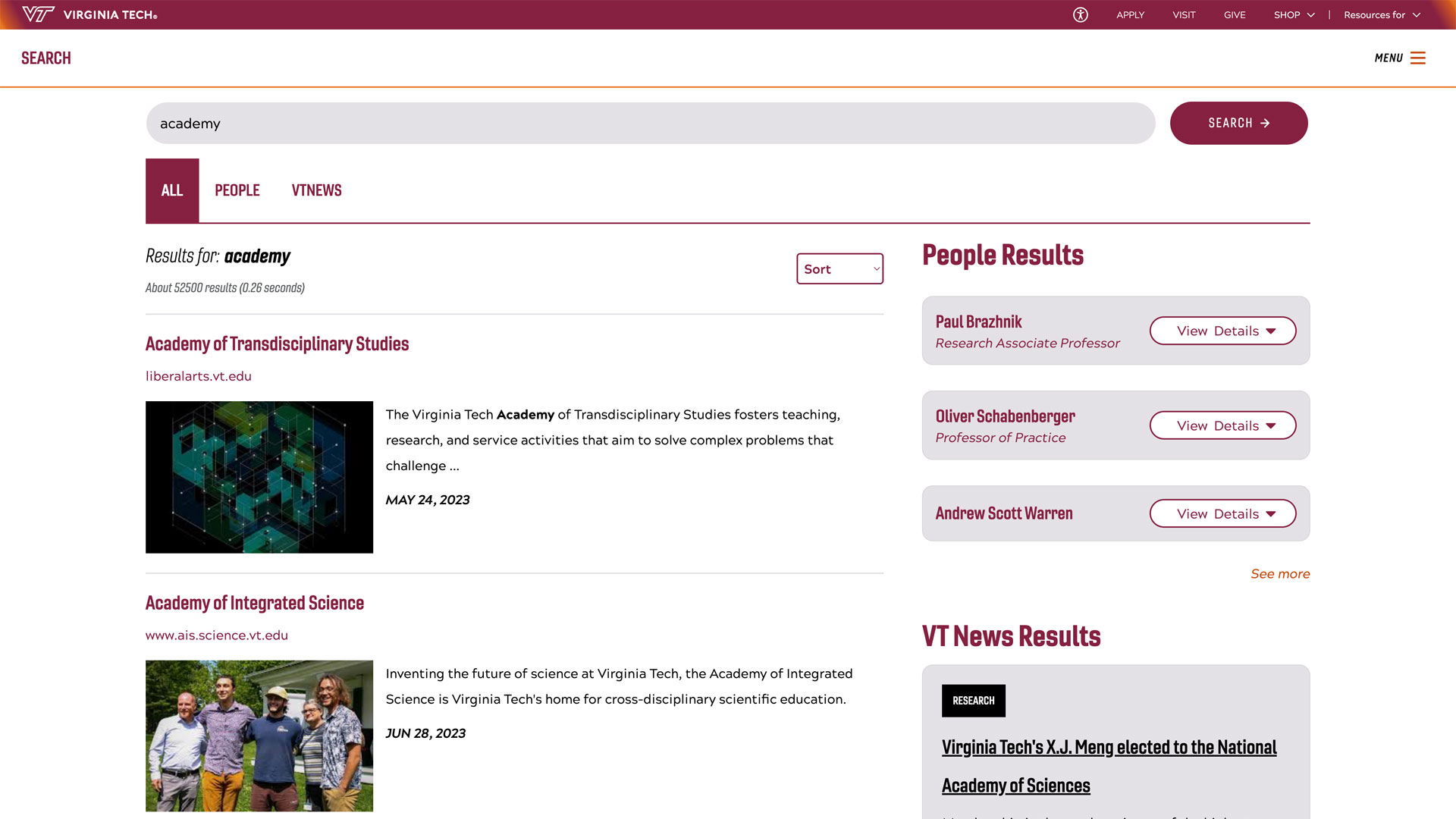Experts analyzes Trump’s address to Congress

President Donald Trump’s first address to Congress during his second term broke a record for length as he celebrated his administration’s swift actions during its first six weeks.
Virginia Tech political communications expert Cayce Myers and political scientist Karen Hult shared their analyses of the significance of the president’s speech and the Democratic Party’s response.
Cayce Myers on the significance of the speech and the Democratic response
“President Trump’s address to the Joint Session of Congress was unprecedented in its length and political tone. It was politically powerful and establishes the MAGA agenda as the dominant force within contemporary American politics. Perhaps most interesting was the wide range of topics discussed including the price of eggs, border security, the economy, and foreign policy. It was also an unusually partisan speech, even for contemporary political standards, and the stark contrast between Republicans and Democrats in the audience may signal a deepening political divide in the United States,” Myers said.
“The purpose of this speech was to establish a political narrative for the Trump administration within its first 100 days highlighting the President’s political accomplishments. The first 100 days of a presidency is considered historically significant because its sets a benchmark for political effectiveness and establishes key priorities of an administration,” he said.
“The speech was delivered to one of the most fractured Congressional chambers in presidential history, with Democrats foregoing applause for even traditionally non-partisan moments, such as celebrating everyday citizens in the Gallery. Democratic Texas Representative Al Green’s ejection from the Chamber while disrupting the President’s speech will be a controversial viral moment,” Myers said. “These reactions are a strategy meant to demonstrate Democratic rejection of the Trump administration’s policy initiatives writ large. The optics of that resistance will be controversial, even amongst Democrats, as they simultaneously rallied and alienated potential voters. It is likely that these reactions will become highly politicized both in the aftermath of the speech and in the 2026 midterm elections.”
Karen Hult on the consistencies and breaks with past precedent
“President Trump’s address to the joint session of Congress on March demonstrated several continuities with what has come before,” Hult said.
“For example, the speech highlighted contemporary president’ pursuit of a permanent campaign – for visibility and for political and policy impact. The address began with President Trump’s declaration that ‘America is back,’ and later he praised his supporters for participating in ‘the righteous cause of American liberty.’ The concluding section was reminiscent of President Reagan’s praise of the U.S. as a ‘City on a Hill.’ Like many such televised/live-streamed addresses the speech was structured with viewer attention in mind. The President began by matters that members of his party strongly supported and that promised to produce immediate and visible enthusiastic crowd responses. He pivoted to more complex and more controversial topics, such as the Panama Canal, Greenland, Gaza, and Ukraine later in the speech when fewer viewers and fewer opponents may have been watching,” she said.
“In keeping with other recent televised presidential speeches before Congress (dating back at least to 2009), the event displayed the weakening institutional norms and greater party polarization, including Texas Rep. Al Green’s heckling of Trump and expulsion from the chamber and the marked though quiet expressions of disagreement by Democratic members,” Hult said.
“The President at times appeared to bait his opponents and to mobilize his supporters in the chamber, exhibiting striking dismissiveness of and disrespect toward his predecessor, Joe Biden, and referring to his election opponent and a senior senator by their first names. Meanwhile, as in previous appearances, President Trump’s tone was boastful and adversarial tone. He reiterated misstatements of evidence, such as characterizing the behavior of immigrants as criminal and overstating ‘waste, fraud, and abuse’ in Social Security and Medicare,” she said.
“Marked differences from previous addresses included its length (more than 100 minutes), virtual absence of acknowledgement of those with differing positions on complex policies and highlighting the work of Elon Musk and DOGE. The latter remarks seemed to contradict Justice Department assertions to federal judges that Musk is not the formal head of DOGE, consistent with private letter that the President sent to cabinet members on Thursday,” Hult said.
“In the course of his speech, Trump did not address the pending government shutdown on March 14 and made only passing reference to many citizens’ concerns about high food prices and employment fears,” she said.
About Myers
Cayce Myers is a professor of public relations and director of graduate studies at the School of Communication at Virginia Tech. His work focuses on media history, political communication, and laws that affect public relations practice. He is the author of “Public Relations History: Theory, Practice, and Profession” and “Profession and Money in Politics: Campaign Fundraising in the 2020 Presidential Election.” Read more here.
About Hult
Hult, professor of political science at Virginia Tech, serves on the faculty of the School of Public and International Affairs’ Center for Public Administration and Policy with expertise in the U.S. presidency, federal and state politics, policy and governance, and federal and state courts. Read her full bio here.
Schedule an interview
To schedule an interview, contact Mike Allen in the media relations office at mike.allen@vt.edu or 540-400-1700.




